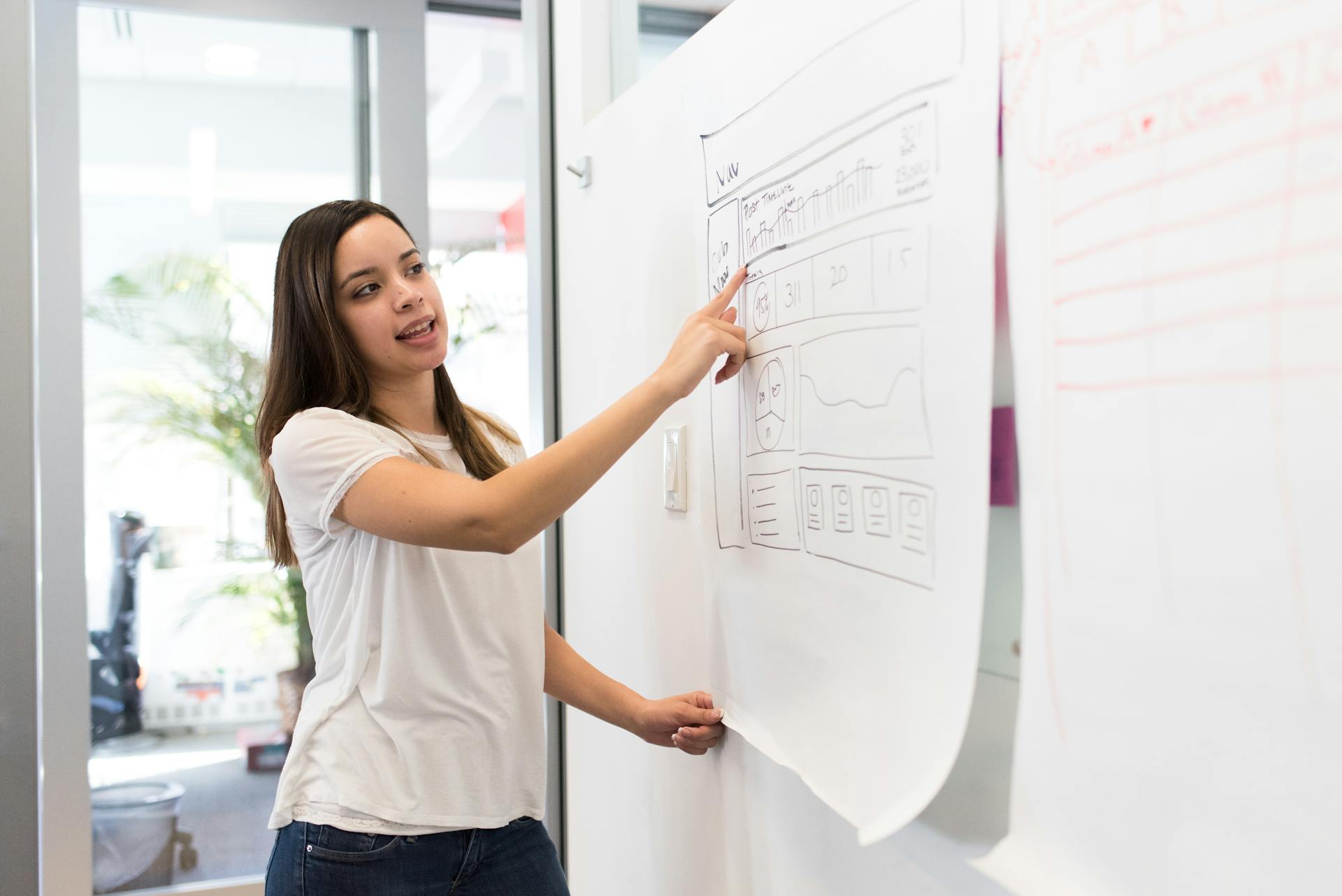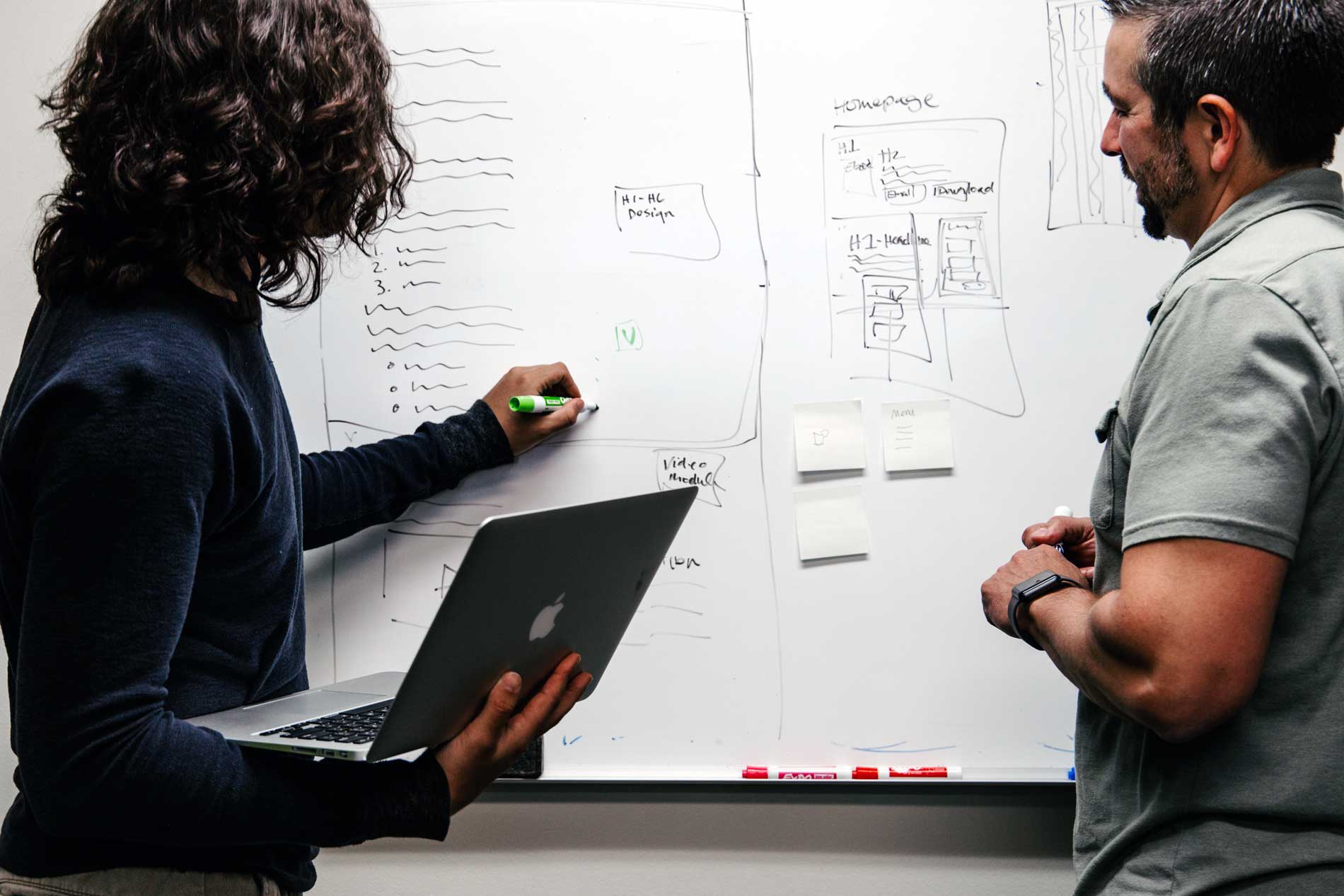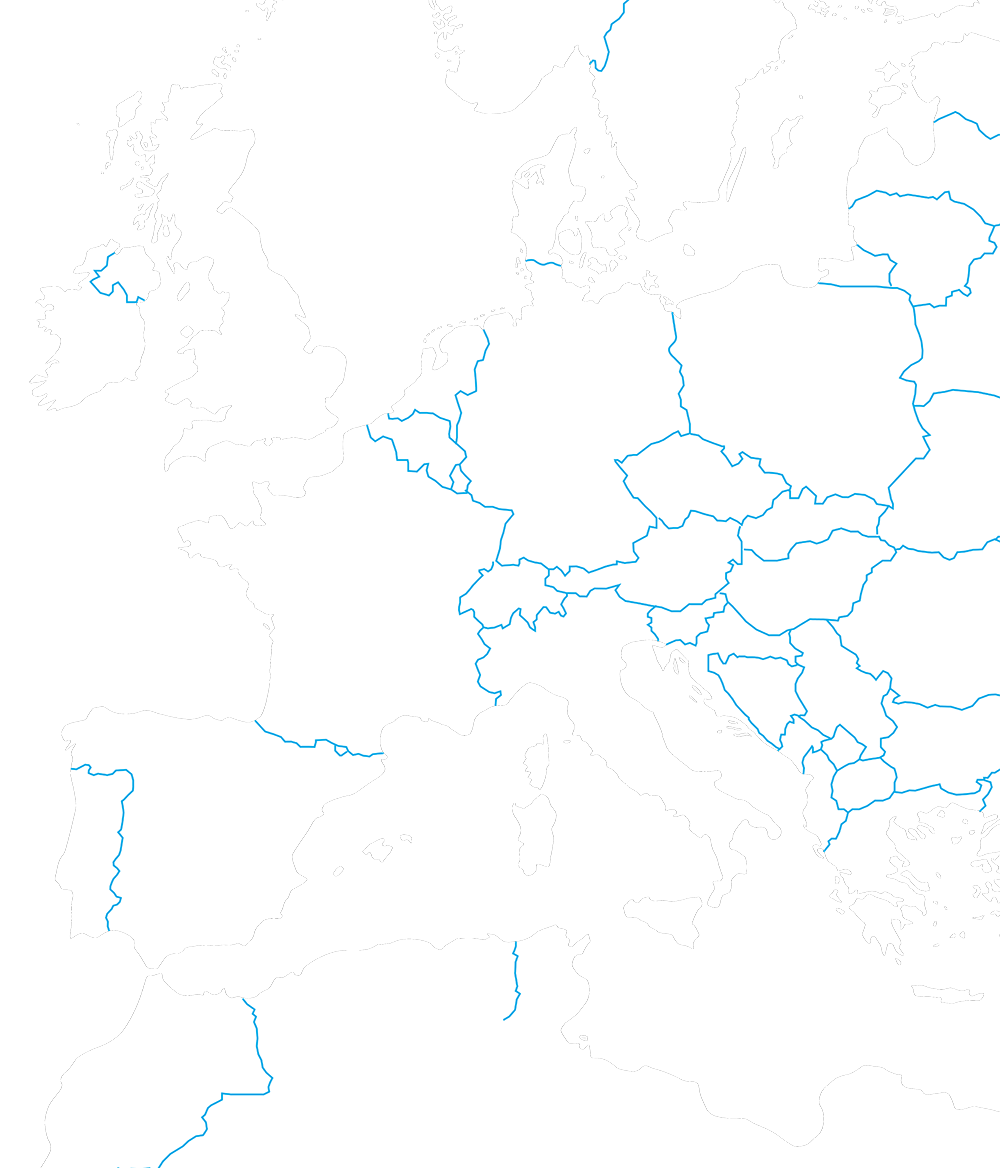The ‘investment booster’ is here: the Federal Council passed the law on 11 July 2025 – good news for all companies that invest in research and...
The research allowance is a government funding programme that supports companies in Germany with their research and development (R&D) activities. Its legal basis is the Research Allowance Act (FZulG). Companies can claim tax relief of up to 3.5 million euros per year (from 2026: up to 4.2 million euros) for their R&D – regardless of whether they actually pay taxes or whether their assessed tax liability is zero.
With this tax incentive, the German government aims to strengthen Germany’s appeal as a hub for start-ups and investments. The programme is particularly attractive because, unlike many other subsidies, applications can be submitted retroactively and up to three years in advance. Even better: you can start your research project right away—no need to wait for the grant approval. This allows you to benefit directly from the reimbursement of your development costs.Improved and new conditions have been in effect since 28 March 2024. Read the blog article: Growth Opportunities Act: Changes to the research allowance.












EurA AG
T- 079619256-0Max-Eyth-Straße 2
73479 Ellwangen
info@eura-ag.com